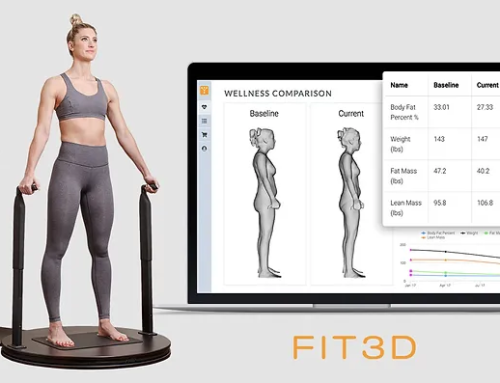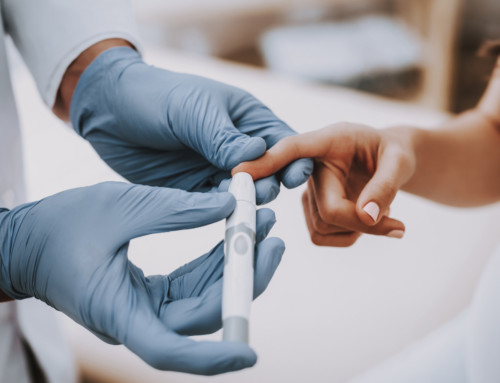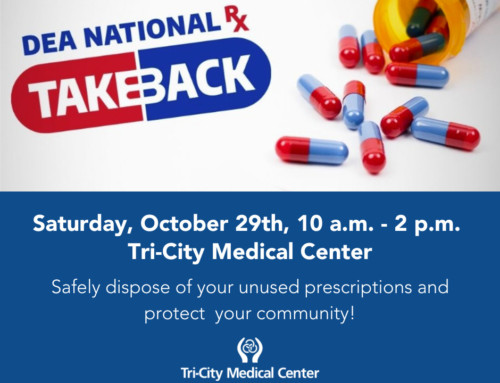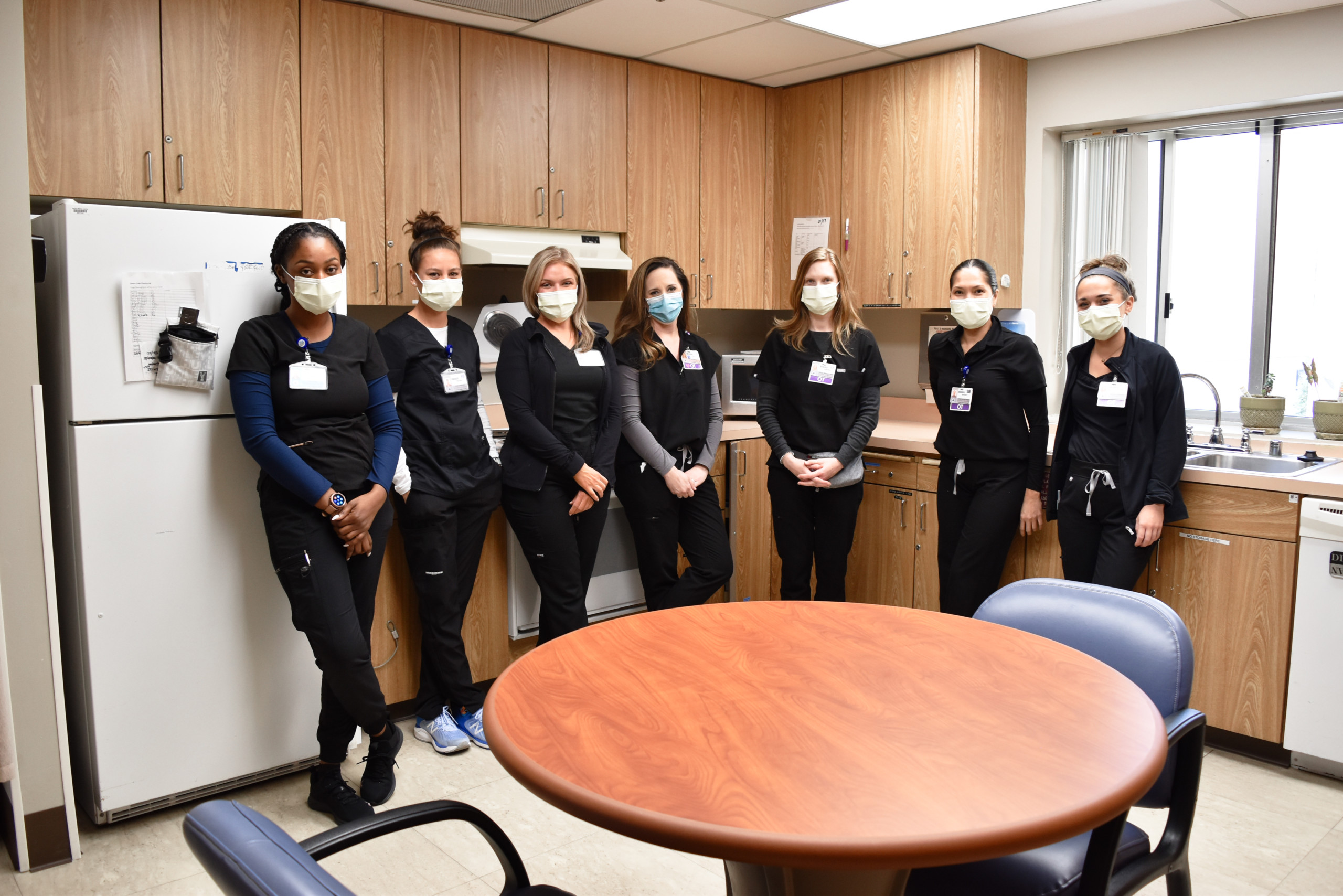
April is Occupational Therapy Month! Our Occupational Therapists at TCMC help our patients gain independence after struggling with an ability-altering injury. They understand what our patients need and train and educate them to reach their goals and return home.
What is Occupational Therapy?
Occupational therapy assess limitations in the daily living of patients and works to improve their function. Examples of daily activities include self-care, cooking, getting dressed, doing laundry, driving a car, etc. These are tasks we often take for granted but are necessary for functioning independently.
Occupational therapists work with all ages across the lifespan, serving the community in the inpatient, acute rehab unit, home health and outpatient setting.
Our inpatient Occupational Therapists, assess the patient’s current level of function including ability to get themselves dressing, toileting, walk to/from the toilet, and other basic self-care tasks and through their clinical assessment make discharge recommendations whether someone is safe to discharge home independently or will require either high intensity or low intensity level of skilled Occupational Therapy services.
In our licensed 20 bed Acute Rehab Unit, our Occupational Therapist implement intensive three hours of daily skilled services along with the Physical Therapist and Speech Language Pathologist. Providing intervention and training for basic self-care needs and assessing ability with simple meal prep in our rehab kitchen, assessing medication management, and laundry task to help prepare the patients discharge home safely.
Our outpatient Occupational Therapists provide patients with specific home exercise program to facilitate independence and integrate back into the community. There are a variety of specializations Occupational Therapists can achieve to elevate their clinical skillset (ie: lymphedema, hand therapy, neurology, vision, etc.
How does Occupational Therapy differ from Physical Therapy?
“Occupations” are defined as meaningful everyday activities. Occupational therapists assist patients engage in what they love and enjoy most. Ask yourself, what is your most meaningful daily task? Is it caring for you’re family, cooking a meal, enjoying the surf, messaging family/friends on social media, etc?
Physical therapists focus on bed mobility, transfer training and ambulation with recommended equipment to maximize safety and prevent falls. For instance, they will help a patient be able walk, but the Occupational Therapist will train you how to get dressed “so you don’t have to walk around in the buff” said Andrea.
What are some instruments that Occupational Therapists use and how do they work?
Occupational therapists use a combination of tools including:
Dressing stick
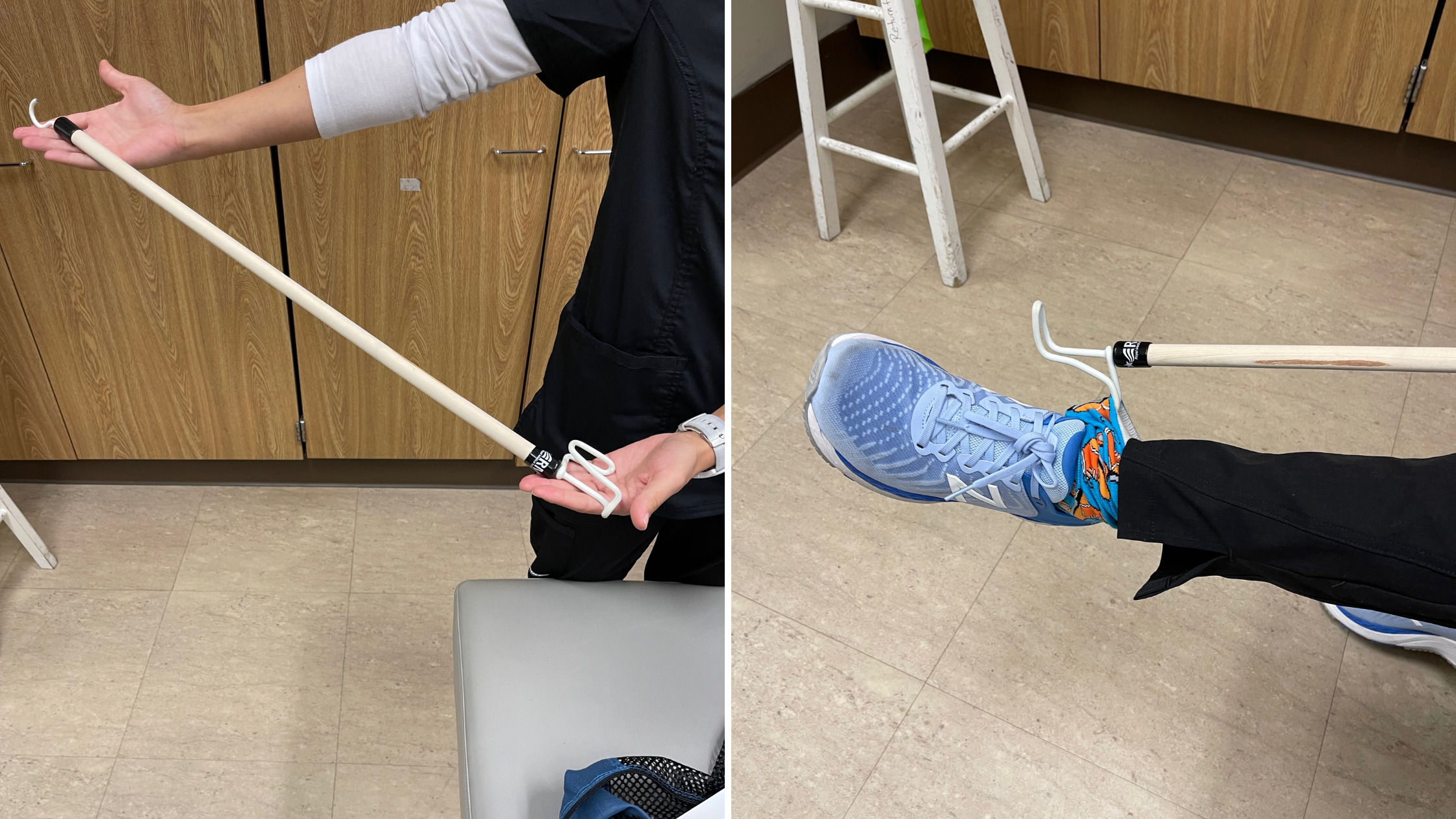
The dressing stick is used for patients with spine or hip precautions to assist with reaching for dressing, putting on or taking off clothing. The dressing stick helps patients put their clothes on. For instance, you would use the dressing stick to help put your arm in a jacket sleeve and pull the sleeve up to your shoulder. It will help you position your jacket on your shoulders comfortably and can be used to zip up your jacket, all without pain to stiff joints or injuries. Like the photo below, it can help you get your socks off.
Reacher
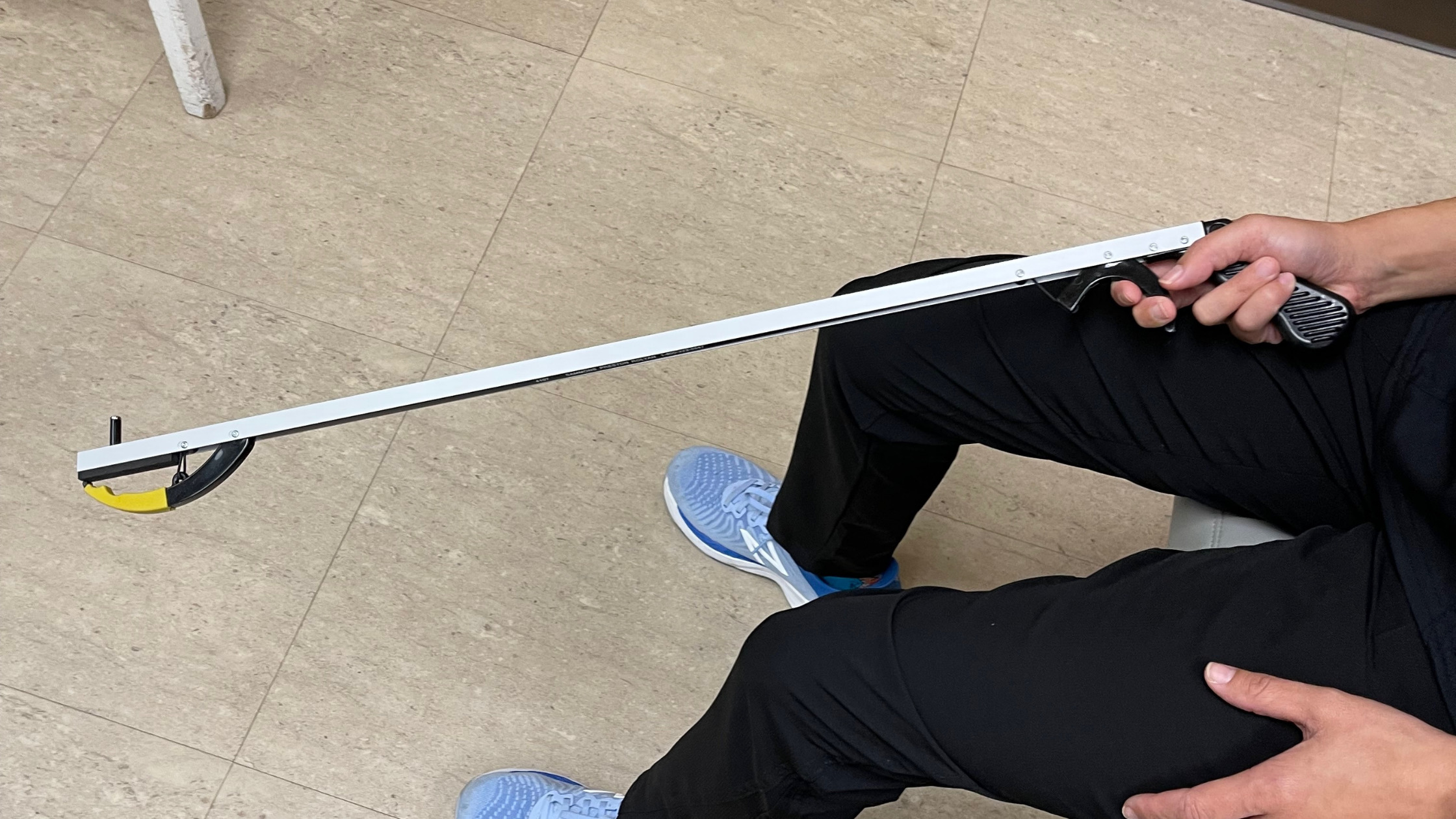
A reacher is a long stick with a grip on one end of the stick and a clamp at the other end. When you squeeze the grip with your hand, the clamp will close, allowing users to pick things up off the floor without bending. It can bring an item closer to the person without reaching their body, adjust clothing items, pick something up in hard-to-reach places, etc.
Sock Aide
A sock aide is used to put your sock on easily without bending at the waist. The person would place their sock around the sock aide and use the strings to lower and position the sock aide around their foot and pull it on towards them for the sock to slip on their foot.
Brock String
A Brock string is a common vision therapy tool used for vision therapy for convergence insufficiency and other binocular vision deficits (ie: double vision).
Shoehorn: Shoe horns are used to slip your shoe on without bending down.
Other tools used are braces for wrist or thumb injuries, wraps for swelling or protein accumulation due to lymphedema and more!
How and why did TCMC Occupational Therapists choose their profession?
Here are the stories of some of our Occupational Therapists at Tri-City Medical Center:
Amanda
Amanda wanted to be an occupational therapist due to a personal event. Amanda has a 22-year-old son with a congenital heart condition. When he was very young, he had a stroke during heart surgery. This was a terrifying time for her. But, through this experience, she learned about occupational therapy, physical therapy and speech therapy. Seeing how these professions helped care for her son and bring him to a place of independence was so inspiring for her that she wanted to give back to other people in similar situations as she was.
Andrea
Andrea was majoring in business when her aunt set her up to shadow an occupational therapist. Watching occupational therapists perform their day-to-day tasks helped Andrea realize that the business field was not for her and she switched to occupational therapy. Andrea is now the occupational therapy lead at Tri-City Medical Center. Fun fact: Andrea and her husband are both occupational therapists!
Minnett
Minnett is one of our outpatient occupational therapists. She was raised in the Philippines and always dreamt of one day coming to America. She planned on being a nurse, but her uncle inspired her and paid for her schooling to become a physical therapist. While in school, the dean demonstrated to the students all the cool aspects of occupational therapy. She was fascinated by how occupational therapists can help with hand mobility and decided to pursue occupational therapy.
Our Occupational Therapist's Favorite Part About Working for Tri-City Medical Center
They love to see and help people in their local community. Sometimes, they will see a patient for a few months and discharge them but run into them at their local grocery store or fitness center. It is a fantastic thing to see their progress through independent living.
They also love the variety of cases—it always keeps them on their toes.
All of the TCMC Occupational Therapists said, "We want to help people. It is an incredible thing to see the progress my patients make. It is so rewarding to see wives hugging their husbands for the first time in months or see their faces light up with joy when they finally can take a shower."

